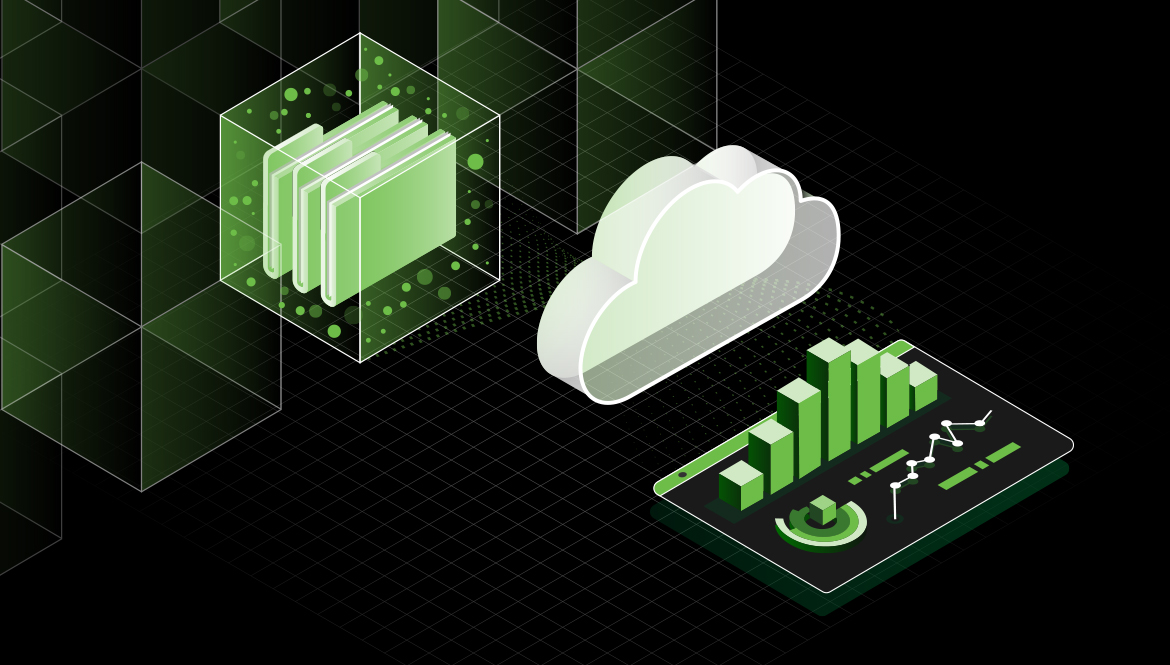Essential Factors of S3 Pricing
Amazon Simple Storage Service (Amazon S3 or AWS S3) is a scalable object storage service that is used by some of the world’s largest companies. You can store and retrieve any amount of data at any time, from anywhere you connect to the cloud.
S3 pricing is determined by five components:
- Storage tiers
- Requests
- Data transfer
- Management and analytics
- Replication
We’ll explain each of the components below, but let’s start with an overview of how S3 pricing works and the average cost of S3.
How Does S3 Pricing Work?
Amazon S3 pricing works by charging you for the data you consume. When you sign up, you are automatically enrolled in all the AWS S3 options and services, which allows you to move data between them to help manage costs.
S3 pricing also depends on the number of data transfers initiated, analytics you perform, how long you store data, and how (and how quickly) you need access. While the prices included here are the base rates Amazon charges, keep in mind that S3 pricing can vary based on region as well.
S3 Storage: What Are the Primary Factors?
S3 Intelligent Tiering
Amazon manages the user’s billable account based on access tiers, frequency of usage, and how quickly you need to access data.
Other Storage Tiers
There are also other options for S3 pricing, including:
- S3 Standard: Infrequent Access for data that is stored long –term; requires millisecond access speeds, but is only used infrequently
- S3 One Zone: Infrequent Access for data that can be recreated, such as storing a secondary backup copy of on-premises data that still requires rapid access
- SC Glacier: For long-term backups and archival data; S3 Glacier Instant Retrieval provides millisecond retrieval for quarterly access
Requests
Besides S3 storage costs, there is also a cost for each group of 1,000 requests. Requests include actions such as PUT, COPY, POST, LIST, GET, SELECT, and DELETE.
- PUT: uploading a new object or updating an existing object or file
- COPY: copying an object or file
- POST: creating a new object or file
- LIST: requesting the contents of an S3 bucket
- SELECT: pulling data from a stored object
- DELETE: deleting a file
Data Transfer
There are also fees for transferring data and data migration, such as moving it from one S3 geography to another or moving to another provider.
AWS offers S3 Transfer Acceleration when you need to move data quickly.
This is especially helpful in reducing access times for data that is hosted far away from end users or S3 buckets. Amazon says S3 Transfer Acceleration can improve transfer speeds by between 50% and 500% for long-distance transfers of large objects.
S3 Analytics and Management
AWS S3 also charges extra for automating the data lifecycle and moving data to optimal tiers, such as managing large data lakes, buckets, and objects. For management and analysis of S3 inventory, S3 analytics and storage class analysis, S3 storage lens, batch operations, and S3 object tagging, Amazon prices these services at a cost per million objects.
Replication
Replicating data for backup or archives also has associated fees. For S3 replication, you pay fees for storage in the destination's storage class. You’ll also continue to pay for the primary copy, any replication PUT requests, and the tier you choose for infrequent-access storage retrieval.
If you need to do cross-region replication, you will also be charged for inter-region data transfer from S3 to each destination region.
S3 Replication Time Control can replicate billions of objects across buckets or regions. Amazon claims it can move 99.99% of all objects within 15 minutes after uploading, although most objects are replicated in seconds.
S3 offers a cost-effective, scalable object storage option that serves as a sound foundation for data storage. For enterprise operations looking to store and organize large amounts of cold data, pair cloud storage efforts with Seagate Lyve Cloud to leverage its limitless storage and data mobility. Doing so will support a cost-effective multicloud strategy that makes data easy to find.
Learn more about Multicloud Storage Solutions.
NOTE: All mentions of Amazon S3 pricing and configurations related to pricing were accurate at point of publication.







